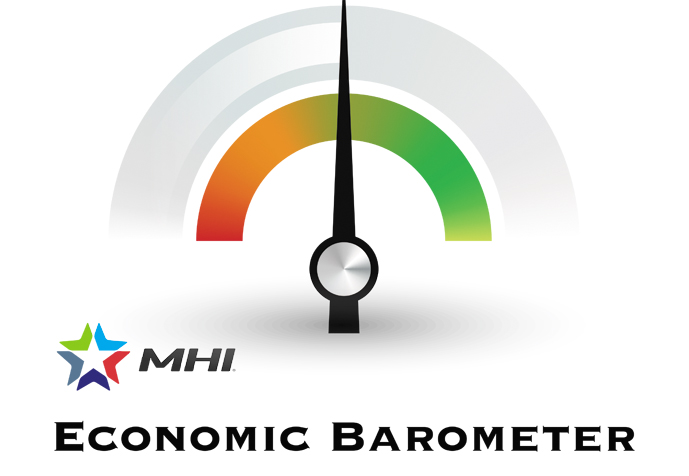

The material handling industry first came together during the conflict of the Second World War to form the organization we know as MHI. Amidst the COVID-19 pandemic, the importance of material handling and supply chain has again come to the fore as a necessary precondition of economic growth and a bulwark of national security.
Economists and policy makers have long known that material handling and supply chain are cornerstones of the economy that facilitate growth. But during the COVID-19 pandemic crisis, this is also something that the average American became acutely aware of.
Goods risk awareness
Concerns about physical access to supplies of food, paper products, cleaning products and other nondurables spiked during the COVID-19 pandemic. Of course, durable goods like vehicles, appliances and equipment are also critical fundamental elements of the economy. But it was the shortage risk for nondurables that made supply chain risks a leading story for weeks.
Fortunately, supplies of goods generally continued and this was true, in large part, because of the efforts of essential workers—as well as e-commerce and supply chain infrastructure that has expanded greatly in recent years.
It’s a good thing the supply chain held together; far more important than many people realize.
Stability risks
There is a famous line from Berthold Brecht’s 1928 play The Threepenny Opera that translates as “What nourishes a man? First comes the feeding, then the morals.”
It is still true today.
Societal stability is dependent on access to food and basic necessities at the population level. This is why national security professionals and first responders alike went into the COVID-19 pandemic shutdown concerned about a need for alpha bravo duty, which is the term for social order maintenance.
It means that some leaders were expecting the worst in terms of social order as a result of the COVID-19 pandemic. In short, leaders feared that not only would the economy slow sharply, but that society itself could fracture.
A damaged economy is something that can be repaired even if it takes massive debt and an increased central bank balance sheet in the trillions to do so. But a fractured society that spirals into dystopian horror movie disorder is much more difficult to put back together again.
 MHI Solutions Improving Supply Chain Performance
MHI Solutions Improving Supply Chain Performance